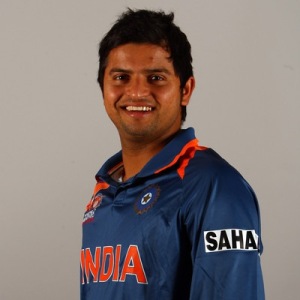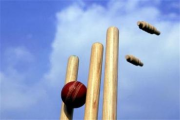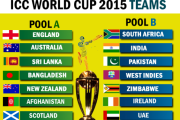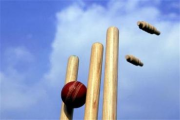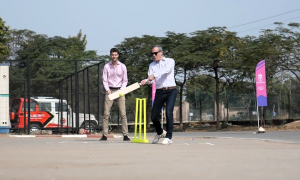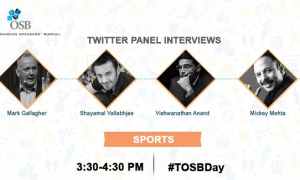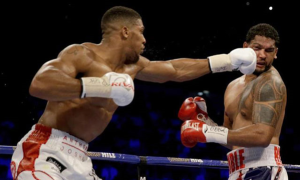In spite of the fact that the (batting) Powerplays are there to hike the scoring rate, the batting teams unanimously opt for it only in the 45th over, which means they are almost imposed on a mandatory basis as opposed to the teams making a choice. This is one of the saddest ironies of the shorter format that something which can be used as a privilege seems to be done out of compulsion.
Also Read: Strategy (Part 1): Redefining Field Restrictions
The ideal time for a team to choose it would be between 35th and 40th overs, when the batting pair looks more settled. Opting for the Powerplay would give them an opportunity to enhance the scoring rate just when it is starting to plummet. Once they have in them this ‘epinephrine’ flowing, they don’t always look back.
There are several other reasons behind those numbers. The batsman between overs 45-50 are always going to attack (expect when the chase is on and you have a target in sight). The choice of the Powerplay between 35 and 40 would make the transition look subtle. The mandatory ball change will be after 35, which means the ball is hard and there is no reverse swing. The bowlers who thrive on swing rather than precision could be taken for runs easily.
In tricky occasions, the Powerplay devours three overs from the best bowler and two from the next. This means the bowling teams go into the death overs almost without the services of its best bowlers. The compensation for those 5 overs using a rookie (especially in the death), could go to the extent of deciding the fate of the game!
Again the other side of the coin is the possibility of losing wickets. History has shown that the Powerplay doesn’t deprive the bowler the opportunity of picking up wickets. So it is important not to lose wickets and yet take complete advantage of it. Another practical difficulty while making a choice is that, the batsmen after crossing 75-80 with the three figures round the corner, don’t always like their singles to get restricted.
There have been several batsmen around the world who can make the most of the Powerplays. The David Husseys and the Rainas who bat in the lower middle order hold the key to the team’s fortunes as much as (if not more than) the top-order does! I wouldn’t bet on the happening but the ideal time for the Powerplay (if the intention is to make full advantage of it) will be around the 35th over. Given the batsman-friendly conditions, the teams which are perspicacious about their decision of batting Powerplay will fancy their chances in the World Cup.
Tags: Cricket, Field Restrictions, ODI Cricket, Powerplay, Powerplays, Strategy, World Cup

